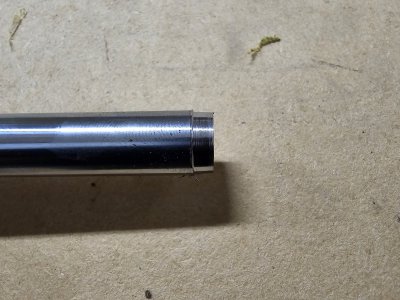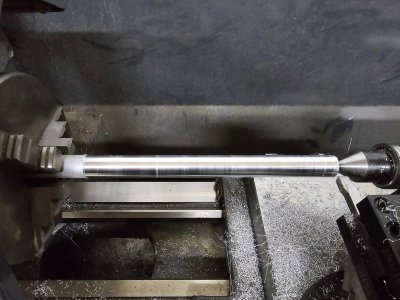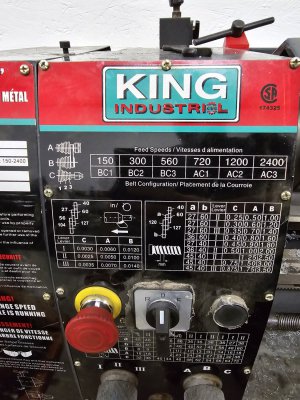- Joined
- Dec 18, 2019
- Messages
- 7,728
Or you can use a left hand tool. I have two left hand threading tools, a Micro100 carbide one for small internal threading and a 3/4" Kennametal threading grooving bar. I thread away from the chuck with them. Single pointed a M8x1 internal thread with the Micro 100. No visibility into the hole. Just have to have confidence that if you do the right thing, in the right order, it will come out fine. Pays to practice first though!
The Micro 100 tools are awesome. But if you bump them or crash them, even an eensy bit, they snap. Otherwise they'll last a long time. I try to get them as surplus stock, because they are relatively expensive, especially if you snap one within 5 seconds of possession! That was a sad moment.
The Micro 100 tools are awesome. But if you bump them or crash them, even an eensy bit, they snap. Otherwise they'll last a long time. I try to get them as surplus stock, because they are relatively expensive, especially if you snap one within 5 seconds of possession! That was a sad moment.



